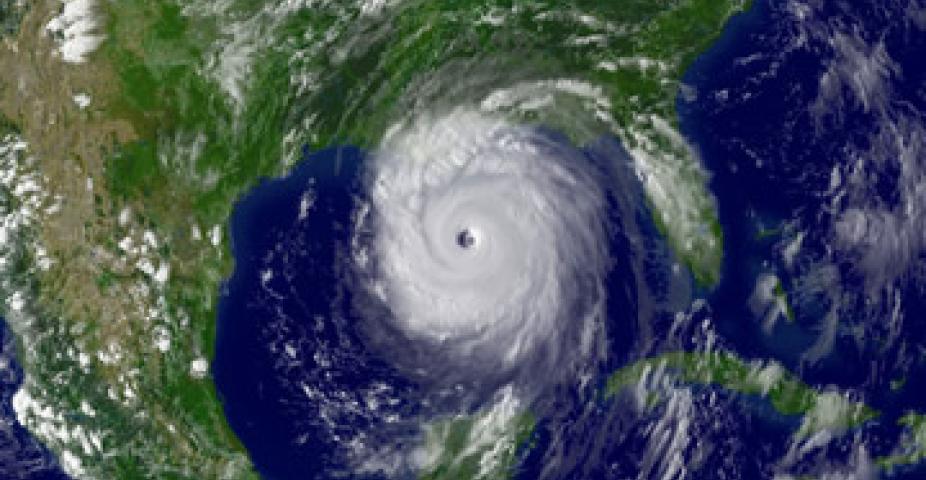WRF For Hurricanes

The Weather Research and Forecasting (WRF) Model is designed to serve both operational forecasting and atmospheric research needs. It features two dynamic cores, multiple physical parameterizations, a variational data assimilation system, ability to couple with an ocean model, and a software architecture allowing for computational parallelism and system extensibility. WRF is suitable for a broad spectrum of applications, including tropical storms.
Two robust configurations of WRF for tropical storms are the NOAA operational model Hurricane WRF (HWRF) and the National Center for Atmospheric Research (NCAR) Advanced Research Hurricane WRF (AHW). In this website users can obtain codes, datasets, and information for running both HWRF and AHW.
The Developmental Testbed Center and the Mesoscale and Microscale Meteorology (MMM) Division of NCAR support the use of all components of AHW and HWRF to the community, including the WRF atmospheric model with its Preprocessing System (WPS), various vortex initialization procedures, the Princeton Ocean Model for Tropical Cyclones (MPIPOM-TC), the Gridpoint Statistical Interpolation (GSI) three-dimensional ensemble-variational data assimilation system, the NOAA National Centers for Environmental Prediction (NCEP) coupler, the NOAA Geophysical Fluid Dynamics Laboratory (GFDL) Vortex Tracker, and various postprocessing and products utilities.
The effort to develop AHW has been a collaborative partnership, principally among NCAR, the Rosenstiel School at the University of Miami, and the Air Force Weather Agency (AFWA).
The effort to develop HWRF has been a collaborative partnership, principally between NOAA (NCEP, AOML, and GFDL) and the University of Rhode Island.